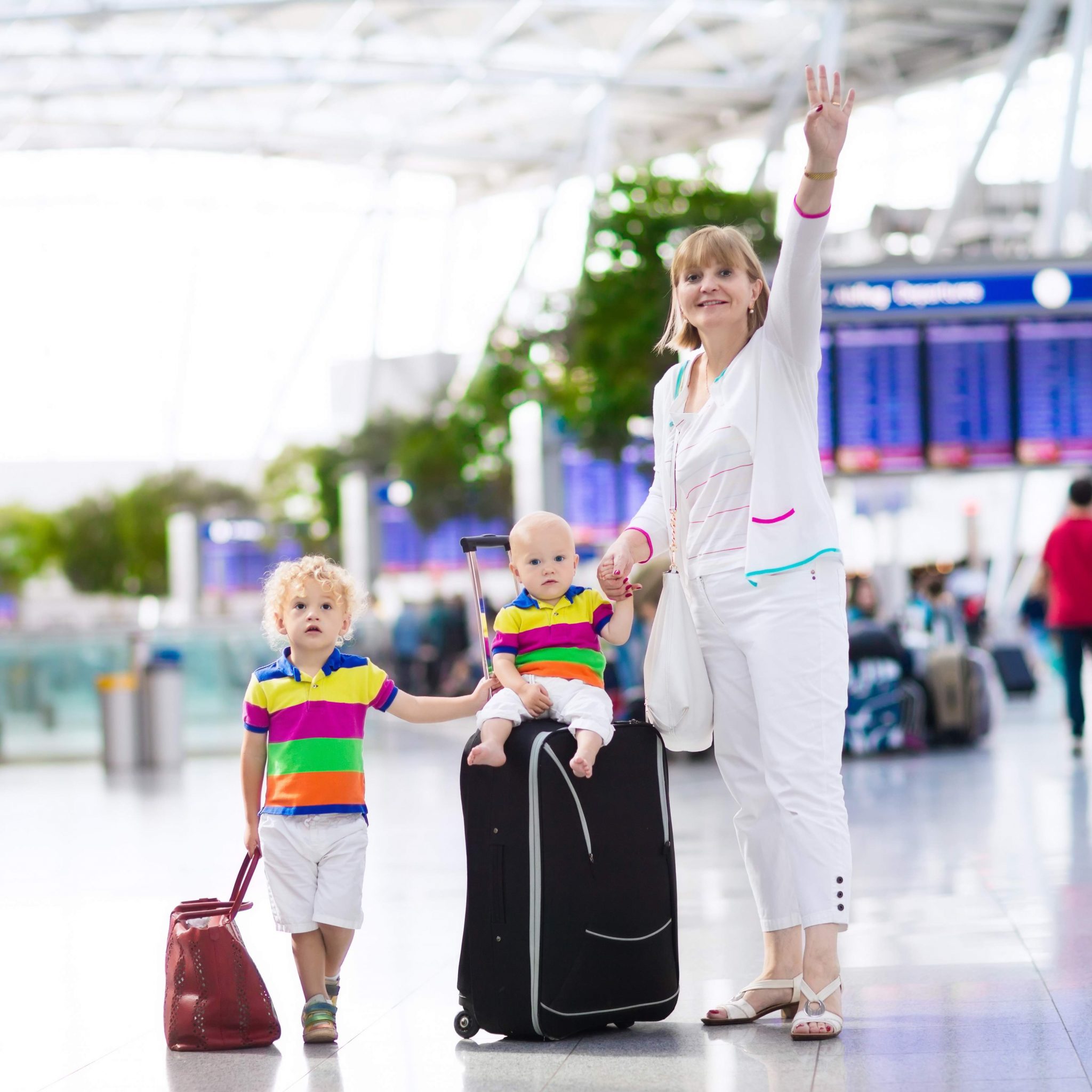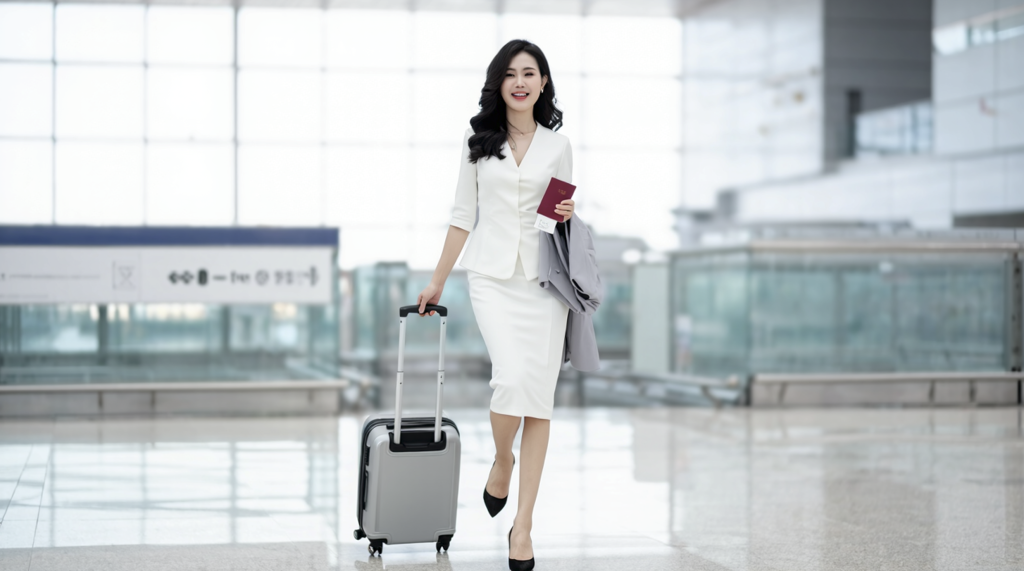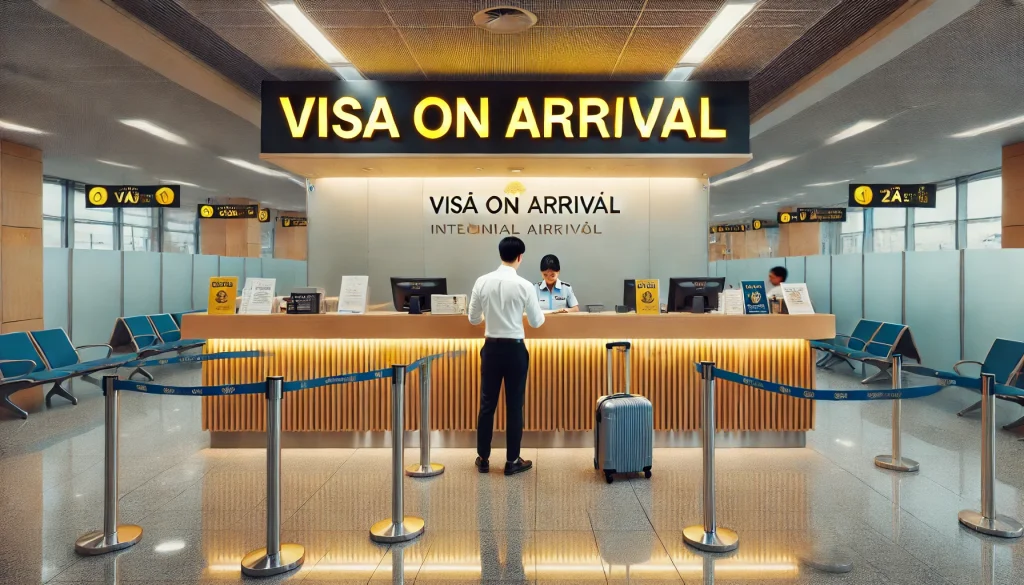
Vietnam, with its stunning landscapes, rich cultural heritage, and vibrant street life, is a dream destination for many travelers. If you are planning to visit Vietnam in August, securing a visa should be at the top of your to-do list. With the country’s diverse visa options, understanding the best approach for your trip can save you time and hassle. This guide will walk you through the process of obtaining a visa, ensuring a seamless and stress-free experience before you set foot in this beautiful Southeast Asian nation.
Traveling to Vietnam in August offers a unique blend of experiences that is hard to find at other times of the year. To embark on this adventure, one of the fundamental steps you need to take is securing a visa. A visa not only grants you legal entry into the country but also ensures that your travel plans remain uninterrupted. Whether you’re planning to soak in the rich history of Hanoi, bask on the sun-kissed beaches of Da Nang, or trek through the emerald terraces of Sapa, understanding the visa process is crucial. This ensures that you spend more time enjoying your trip rather than dealing with legalities.
August in Vietnam is an alluring time for travelers. The weather, though hot and humid, is punctuated by brief, refreshing showers that bring a cool respite. This month marks the tail end of the monsoon season in the north and the peak of it in the south, making the landscapes lush and vibrant. The central regions, including popular destinations like Hoi An and Hue, experience plenty of sunshine, making it a perfect time to explore. The weather conditions during this month make it one of the best times to visit Vietnam, as you can experience a variety of climates and landscapes within a single country.
One of the highlights of visiting Vietnam in August is the availability of fresh, seasonal fruits. This month is the peak season for tropical fruits such as dragon fruit, lychee, mango, and durian. Strolling through local markets, you’ll be greeted by the vibrant colors and fragrant aromas of these fruits, offering a delightful treat for your senses. Additionally, August is an ideal time to enjoy Vietnam’s stunning beaches. Coastal cities like Nha Trang and Phu Quoc boast pristine beaches and clear waters, perfect for swimming, snorkeling, and sunbathing. Having a visa ready ensures that you can dive into these experiences without any bureaucratic hitches.

When planning your trip to Vietnam, understanding the different types of visas available can help you select the one that best suits your travel needs. Vietnam offers several visa options, each tailored to different types of travelers and durations of stay. The most common types of visas for tourists are the E-visa and the Visa on Arrival (VOA). Knowing the differences between these options and which one is more convenient for your trip can save you time and effort.
The E-visa is one of the most convenient options for travelers planning to visit Vietnam. It allows you to apply online and receive your visa electronically, eliminating the need to visit an embassy or consulate. This type of visa is valid for 90 days and is a single-entry or multiple-entry visa. The application process is straightforward, and with a valid passport, a digital photo, and an internet connection, you can complete the entire process from the comfort of your home. This option is ideal for travelers who prefer to have everything sorted before their departure.
On the other hand, the Visa on Arrival (VOA) is another popular option, especially for those who prefer to handle their visa requirements upon arrival in Vietnam. To obtain a VOA, you need to apply for an approval letter online before you travel. Once you arrive at one of the designated international airports in Vietnam, you can present this letter along with other required documents to receive your visa. The VOA is a great option for those who might need more flexibility with their travel dates or plan to stay longer in Vietnam.
Applying for a tourist E-visa to Vietnam is a straightforward process that can be completed entirely online, making it a convenient option for many travelers. The website for E-visa applications is https://www.vietnamimmigration.com/apply-vietnam-visa/, where you can find all the necessary information and steps to complete your application. Here’s a detailed guide to help you through the process.
First, visit the E-visa application website and select the option to apply for a tourist E-visa. You will be directed to a form where you need to fill in your personal details, including your full name, date of birth, nationality, passport number, and intended date of entry and exit. Make sure to double-check all the information you provide to avoid any errors that could delay your application. You will also need to upload a recent passport-sized photo and a scanned copy of your passport’s biographical page.
Once you have filled in all the required information and uploaded the necessary documents, you will be prompted to pay the visa fee, which can be paid using a credit or debit card. After completing the payment, you will receive a confirmation email with a reference code. Keep this code safe, as you will need it to check the status of your application. The processing time for an E-visa is usually around 3 business days, but it’s always a good idea to apply well in advance of your travel dates to account for any unforeseen delays.
After your E-visa has been processed, you will receive an email with a link to download your visa. Make sure to print out a copy of your E-visa and keep it with you during your travels. Upon arrival in Vietnam, you will need to present your E-visa, passport, and entry-exit form to the immigration officers. They will verify your information and stamp your passport, allowing you to enter the country. With your E-visa in hand, you can now fully enjoy all that Vietnam has to offer.

If you prefer to handle your visa requirements upon arrival in Vietnam, the Visa on Arrival (VOA) process might be the best option for you. However, it’s important to note that you must obtain an approval letter before you travel. This letter is a crucial document that allows you to receive your visa at the airport. The application process for the approval letter is simple and can be done online through the website https://www.vietnamimmigration.com/apply-vietnam-visa/.
To apply for an approval letter, visit the website and complete the online application form. You will need to provide your personal details, including your full name, date of birth, nationality, passport number, and intended date of arrival. You will also need to specify the type of visa you are applying for, such as single-entry or multiple-entry, and the duration of your stay. After filling in the required information, you will be prompted to pay the processing fee, which varies depending on the type and duration of the visa.
Once your application is submitted and the fee is paid, you will receive a confirmation email with your approval letter within 2-3 business days. Print out the approval letter and keep it with you during your travels. Upon arrival at one of the designated international airports in Vietnam (Hanoi, Ho Chi Minh City, Da Nang, or Nha Trang), proceed to the Visa on Arrival counter. Present your approval letter, passport, completed entry-exit form, and two passport-sized photos to the immigration officers. You will also need to pay the stamping fee, which is typically $25 for a single-entry visa and $50 for a multiple-entry visa.
After verifying your documents and processing your visa, the immigration officers will stamp your passport, allowing you to enter Vietnam. The VOA process is relatively quick and efficient, but it’s always a good idea to have all your documents ready and in order to avoid any delays. With your visa in hand, you can now focus on enjoying your trip and exploring the beautiful landscapes and vibrant culture of Vietnam.

Vietnam is a country rich in cultural heritage, and August is no exception when it comes to experiencing its vibrant traditions and festivities. Planning your visa around the major cultural events in August can enhance your travel experience and provide you with unique insights into Vietnamese culture. Here are some of the key events and festivals that take place in August and how you can plan your visa application accordingly.
One of the most significant cultural events in August is the Vu Lan Festival, also known as the Ghost Festival. This Buddhist festival is celebrated on the 15th day of the seventh lunar month and is a time for honoring deceased ancestors and performing acts of charity. Temples and pagodas across the country are adorned with colorful decorations, and people gather to offer prayers and food to their ancestors. The festival provides a unique opportunity to witness traditional rituals and gain a deeper understanding of Vietnamese spiritual beliefs. If you plan to visit Vietnam during this time, make sure to apply for your visa well in advance to ensure you don’t miss out on this cultural experience.
In addition to the Vu Lan Festival, August is also a great time to explore the coastal regions of Vietnam and enjoy the local beach festivals. Cities like Da Nang and Nha Trang host various beach activities and events, including sandcastle competitions, beach volleyball tournaments, and seafood festivals. These events attract both locals and tourists and offer a fun and lively atmosphere. If you’re a beach lover, planning your visa around these events will allow you to make the most of your trip and enjoy the sun, sand, and sea.
Another exciting event in August is the annual Da Nang International Fireworks Festival. This spectacular event features fireworks displays from teams around the world, lighting up the night sky with stunning colors and patterns. The festival also includes cultural performances, parades, and food stalls, making it a must-visit event for travelers. To ensure you don’t miss out on this dazzling experience, apply for your visa early and plan your trip around the festival dates.
Securing a visa is the first step toward an unforgettable adventure in Vietnam. With the insights and tips provided in this ultimate guide, you can navigate the visa process with ease and focus on enjoying the vibrant landscapes, rich culture, and exciting events that Vietnam has to offer in August. Whether you choose to apply for an E-visa or a Visa on Arrival, understanding the requirements and procedures will ensure a smooth and hassle-free experience.
August is a fantastic time to visit Vietnam, with its lush landscapes, delicious seasonal fruits, and a variety of cultural events. By planning your visa around these highlights, you can make the most of your trip and create lasting memories. From the bustling streets of Hanoi to the stunning beaches of Da Nang, Vietnam is a country that promises adventure, beauty, and charm at every turn.
So, pack your bags, secure your visa, and get ready to immerse yourself in the wonders of Vietnam. Your dream trip is just a visa away!

